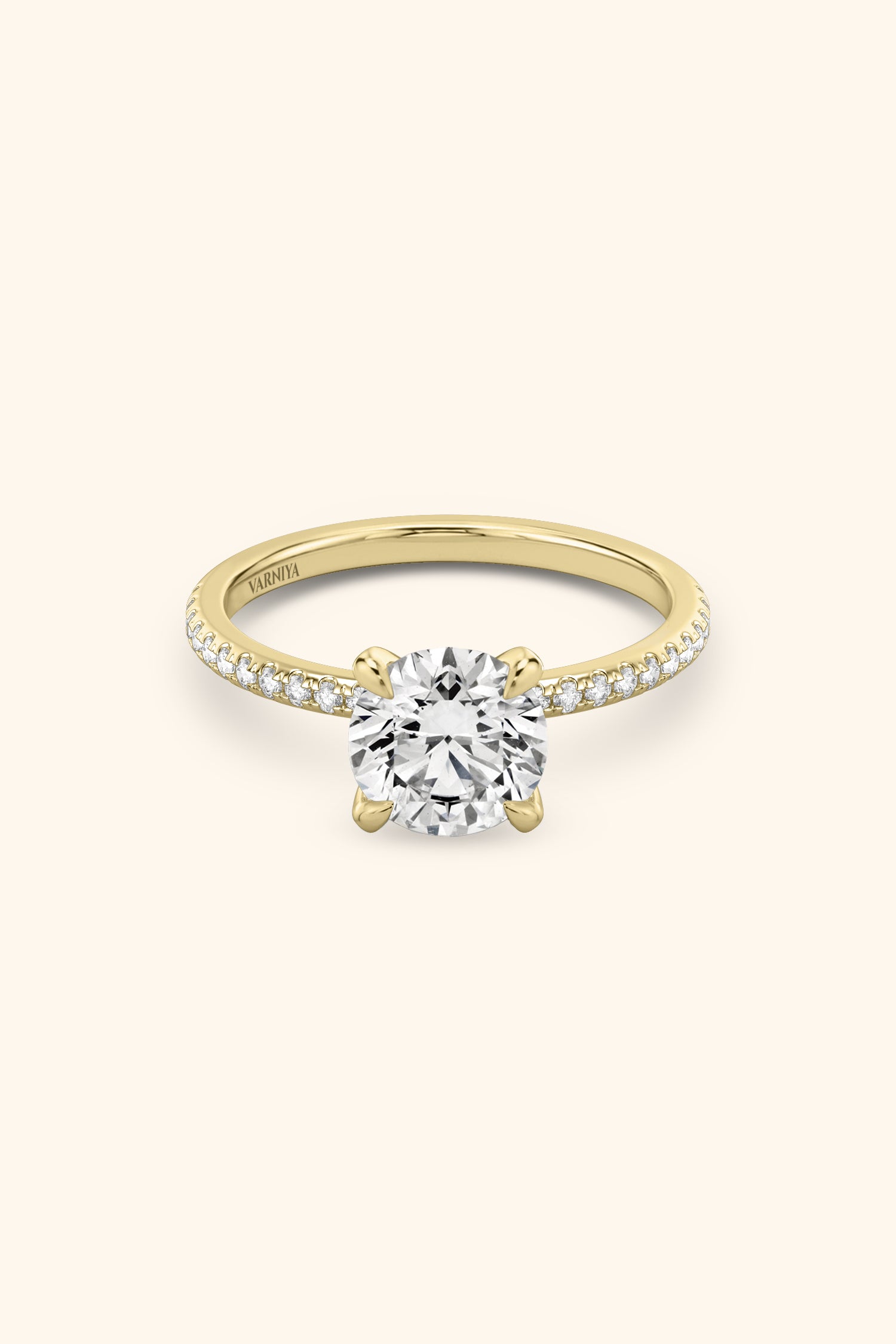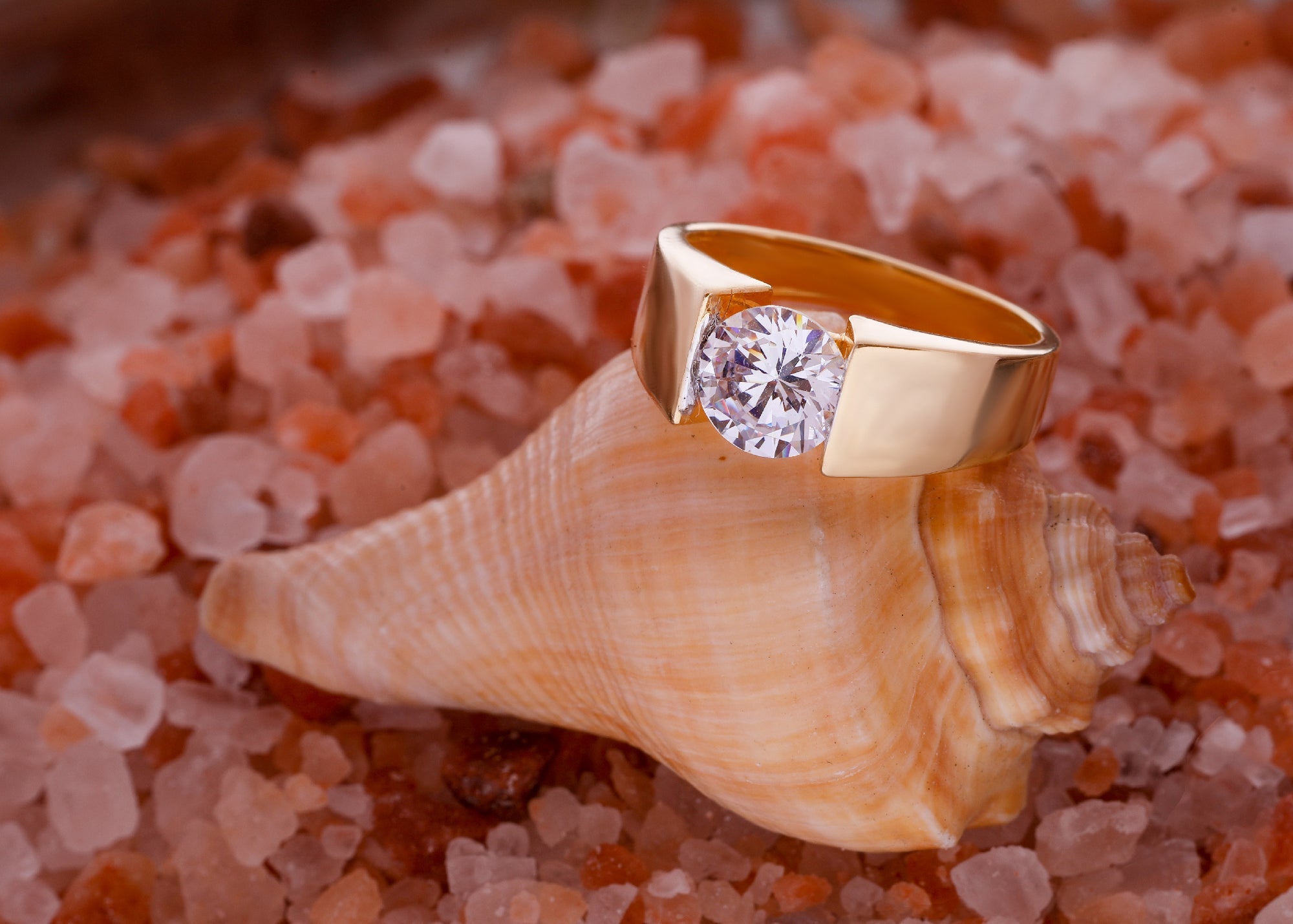
Pros & Cons of Lab Grown Diamonds
Penelope Cruz aptly stated, "Luxury isn't just about the label. It's about the story you create with the piece." The benefits of lab grown diamonds offer a unique story, one intertwined with technology, sustainability, and affordability.
Introduction to Lab Grown Diamonds
Definition and brief history of lab grown diamonds
Lab-grown diamonds, first created by GE in 1954, are synthetic diamonds produced in controlled laboratory environments. This innovation marked a significant milestone in the diamond industry, offering an ethical and sustainable alternative to mined diamonds.
General overview of how lab diamonds offer the same benefits as natural diamonds
Lab-grown diamonds share the same chemical composition, optical properties, and physical features as natural diamonds. They offer all the benefits of natural diamonds, including exceptional brilliance, hardness, and durability, making them a desirable choice for jewelry enthusiasts seeking the benefits of lab-grown diamonds.
How Lab Diamonds are Made
Explanation of the manufacturing process mimicking natural diamond formation
Lab-grown diamonds are made using advanced manufacturing processes that mimic natural diamond formation. These processes create diamonds with identical chemical composition and physical properties to mined diamonds.
Details on High Pressure High Temperature (HPHT) method
The HPHT method involves using a diamond seed and subjecting it to extreme conditions of high pressure and high temperature. This mimics the natural diamond formation process deep within the Earth's mantle, resulting in high-quality lab-grown diamonds with exceptional hardness and brilliance.
Details on Chemical Vapor Deposition (CVD) method
The CVD method utilizes a diamond seed placed in a vacuum chamber filled with carbon-heavy gases. Through a chemical reaction, carbon atoms bond and deposit on the seed, gradually forming a diamond layer. This controlled process produces lab-grown diamonds with excellent purity and clarity, offering a sustainable and ethical alternative in the jewelry industry.
Pros of Lab Grown Diamonds
Cost advantage: 30-50% less expensive than earth-mined diamonds
Lab-grown diamonds offer a significant cost advantage, being 30-50% less expensive than earth-mined diamonds. This is due to streamlined supply chains and the absence of mining costs, making them a more affordable yet equally stunning option for jewelry.
Ethical considerations: Known origins, conflict-free, eco-friendly
Lab-grown diamonds come with ethical benefits such as known origins, being conflict-free, and contributing to eco-friendly practices. Their production process reduces environmental impact, making them a responsible choice for conscious consumers.
Popularity and availability: A wide range of jewelry options
Lab-grown diamonds have gained popularity, leading to a wide range of jewelry options featuring these gems. From engagement rings to earrings and necklaces, consumers can find diverse and stylish jewelry pieces showcasing lab-made diamonds.
Identical properties: Same optical, chemical, and physical characteristics
Lab-grown diamonds possess identical properties to natural diamonds, including optical brilliance, chemical composition, and physical durability. This ensures that they offer the same level of beauty and quality as their mined counterparts, making them a desirable choice for jewelry enthusiasts.
Cons of Lab Grown Diamonds
Lesser rarity and depreciating value over time
The benefits of lab-grown diamonds are offset by their lesser rarity and tendency for depreciating value over time, impacting their resale value compared to natural diamonds.
High energy consumption needed for creation
Creating lab-grown diamonds requires high energy consumption, which can detract from their environmental benefits, affecting the overall benefits of lab grown diamonds.
Limited job creation, in comparison to natural diamond mining
Lab-grown diamond production offers limited job creation opportunities compared to natural diamond mining, which contributes significantly to local economies and communities, balancing the benefits of lab-grown diamonds.
Comparing Lab Diamonds and Earth Mined Diamonds

Considerations for potential buyers: budget, ethical stance, and environmental impact
Potential buyers should consider their budget, ethical stance, and the environmental impact when choosing between lab-grown and earth-mined diamonds. Lab-grown diamonds offer significant benefits, including affordability and ethical sourcing practices, making them an attractive choice for conscious consumers.
Recommendations for research: brand reputation, warranty, and return policies
It's essential for buyers to research brand reputation, warranty, and return policies when purchasing diamonds. Reputable brands like Varniya offer transparent information, quality assurance, and customer-friendly policies, ensuring a satisfying shopping experience for buyers of lab-grown diamonds.
Importance of making an informed decision
Educational resources from companies like With Clarity provide valuable insights for making informed decisions about diamond purchases. These resources offer guidance on diamond characteristics, certifications, and sustainability, empowering buyers to choose the best option for their needs and values.
Conclusion
Final thoughts on personal circumstances impacting choice
In conclusion, personal circumstances play a crucial role in deciding between lab-grown and natural diamonds. Factors such as budget, ethical considerations, and environmental impact should guide this decision. With options like lab-grown diamonds from Varniya, buyers can find sustainable and beautiful alternatives that align with their values and preferences.
Encouragement to weigh pros and cons
Buyers are encouraged to weigh the pros and cons of lab-grown and natural diamonds based on personal values and financial considerations. The benefits of lab grown diamonds, including affordability and ethical sourcing, make them a compelling choice for environmentally conscious consumers.
















